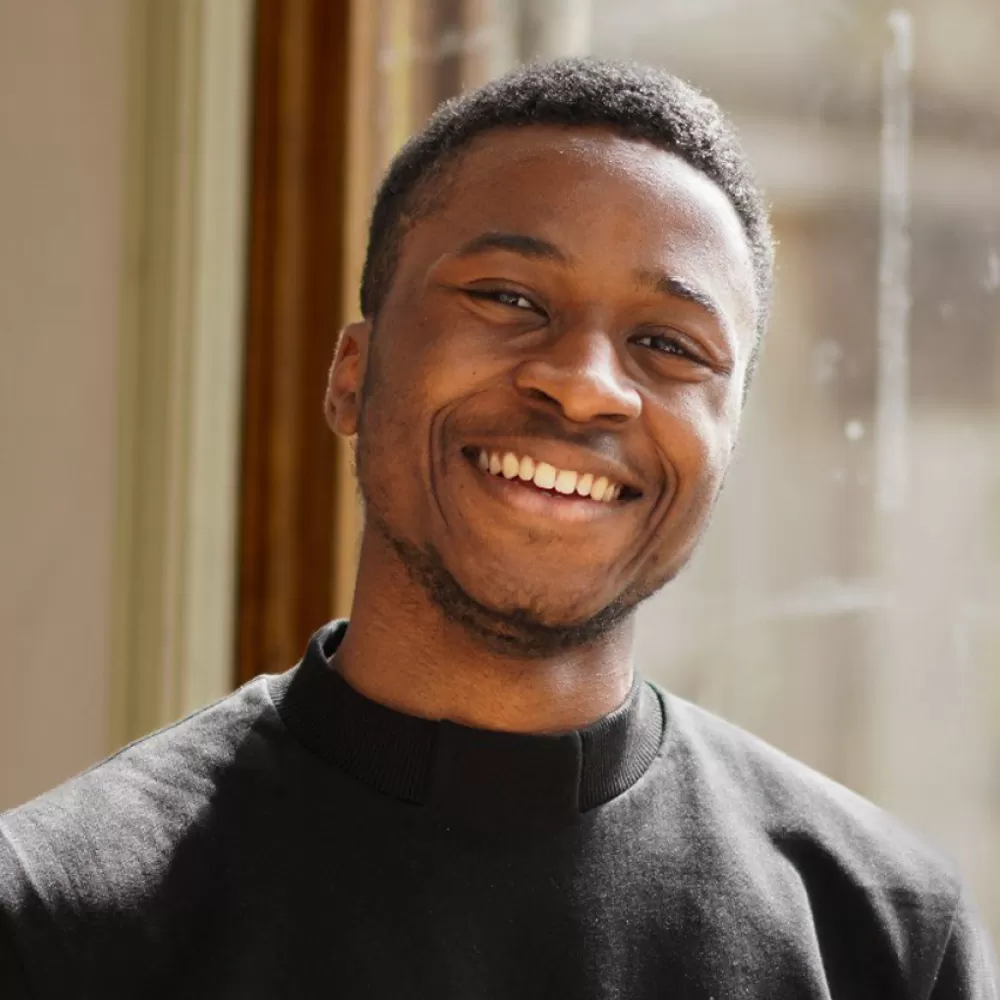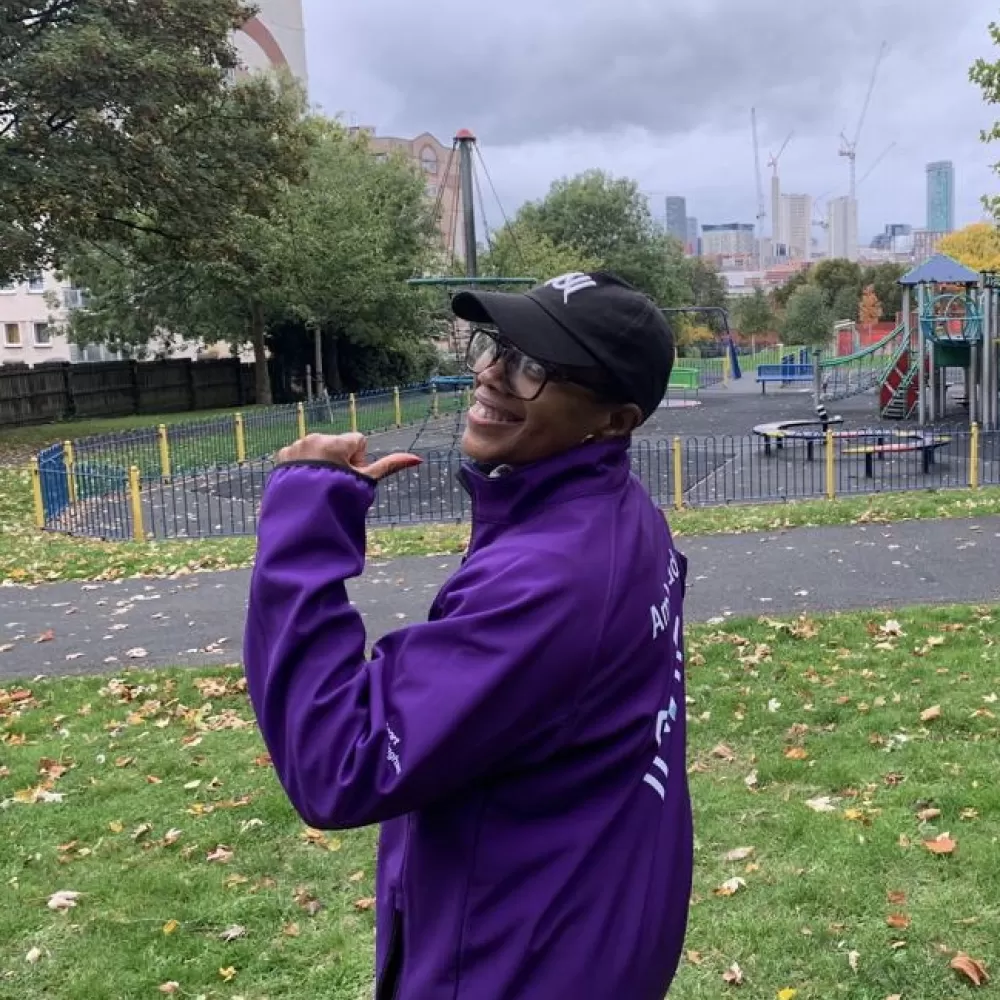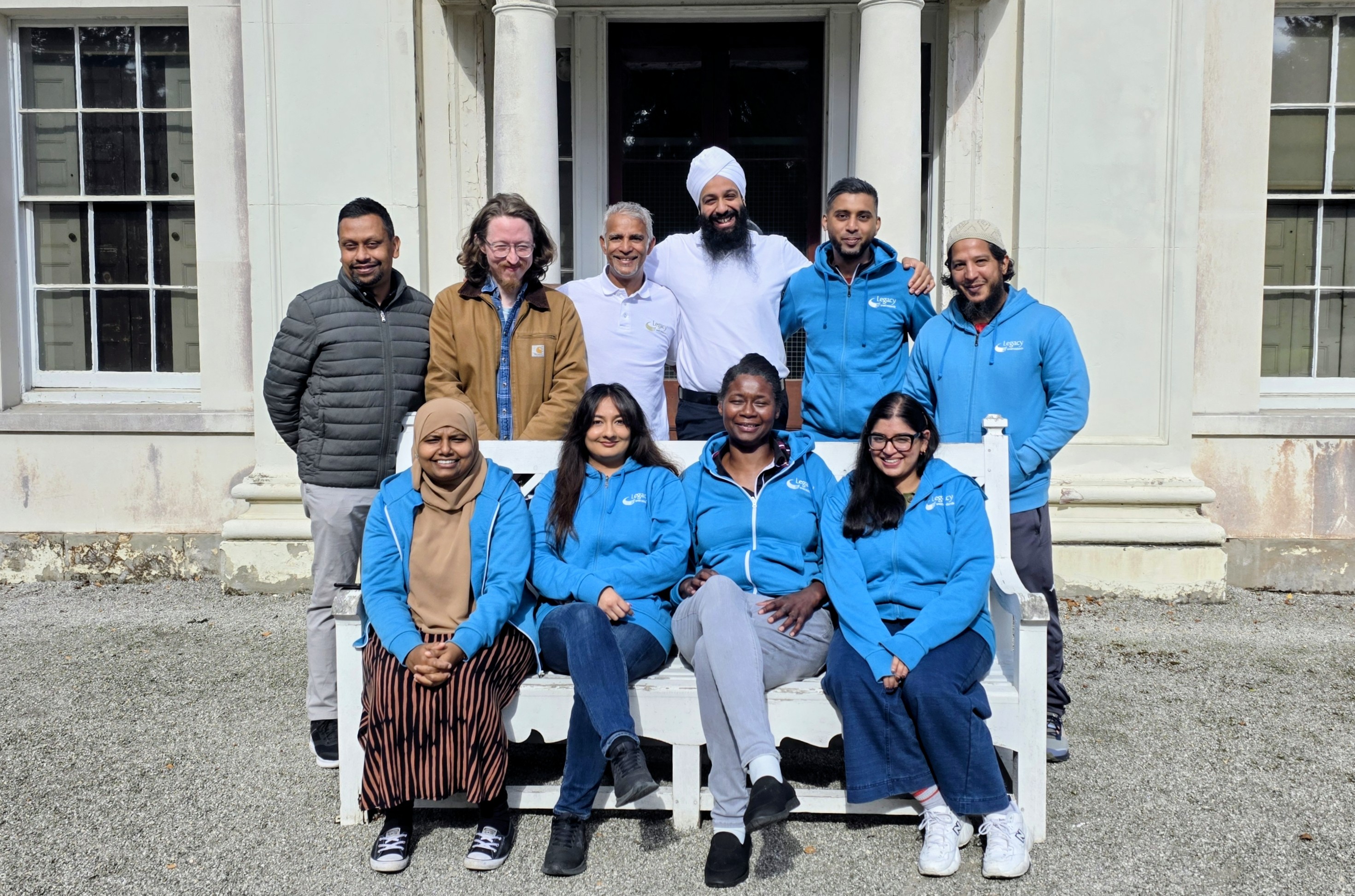Legacy WM are honoured to introduce Black British History is British History. The artwork comprises of 3 elements representing the rich chronology of Black British History.
The rear of the piece is a layered history in size order depicting:
- A Roman standard of the Aurelian Moors, a detachment of African soldiers of the Roman Empire, stationed along Hadrian’s Wall during the third century CE and likely to have settled in the area.
- A silhouette depicting John Blanke, the Black trumpeter in the Tudor royal court who appears in contemporary manuscripts and illustrations, later receiving a wedding gift from Henry VIII in 1512.
- A Georgian era figure representing Olaudah Equiano and Ignatius Sancho, who both campaigned for abolition and equal rights and to transform the British political system. This depersonalised figure also symbolises the many Black people who lived in Britain at the time.
- A female Victorian figure represents women such as Mary Prince and Mary Seacole, who fought for the rights of all and transformed care for those wounded on the battlefield.
- The last and largest figure on the rear side is a Black ‘Tommy’, tens of thousands of whom served with distinction WWI and WW2, as Empire and Commonwealth Black servicemen and women alongside their civilian counterparts, were integral to Allied victory.
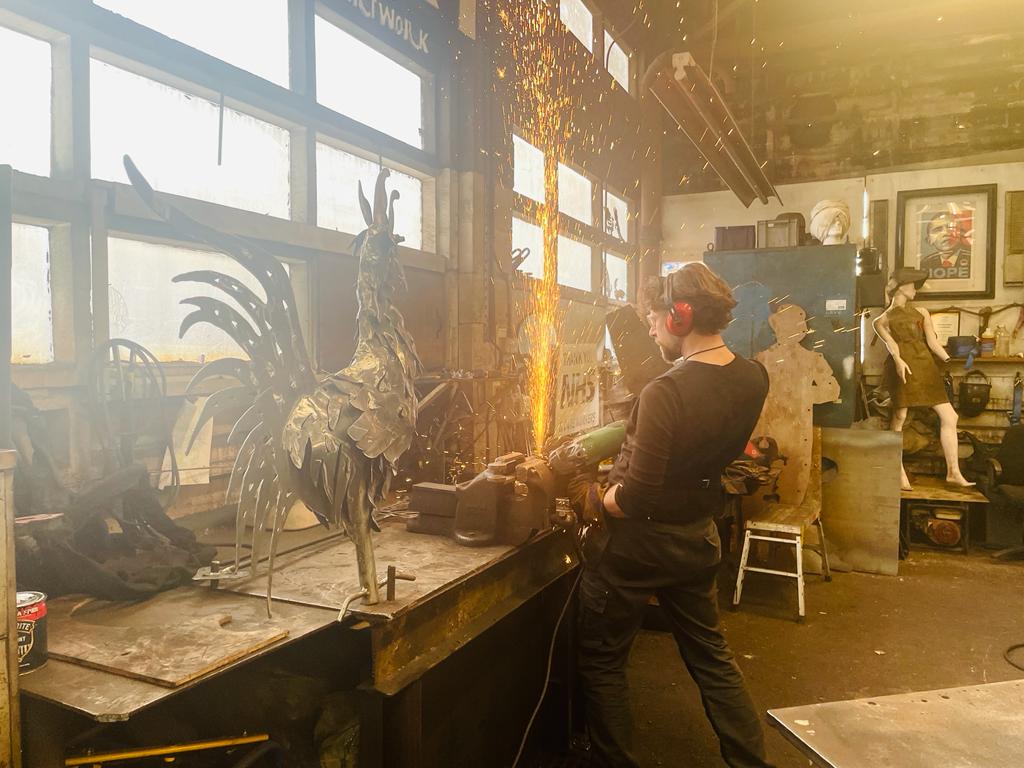
“This monument designed alongside young and old members of Birmingham's Black communities, has been built entirely by the design of people with a vested interest in the positive representation of Black British History, is a new and important part of the movement for positive change.” – Luke Perry (Artist)
The front and rear are split by the towering masts of a ship, whose huge sails read in large script 'BLACK BRITISH HISTORY IS BRITISH HISTORY'. These sails are representative of the fact that for nearly 1800 years, the sole method of travel to the UK was by sailing ship, with many working in the Merchant and Royal navies. Maritime coastal communities of Black people arose in busy ports such as Liverpool, Bristol and London as sailors settled in Britain.
Three figures also adorn the front of the sculpture. The first, a bus conductor, represents the many Black people who worked on transport such as the Midland Red Line and other transport companies in Birmingham and the surrounding areas in the post-war era. In front of him is a female figure that evokes those working in the NHS. Cradling an infant, she symbolises paediatric specialists and care, education, and excellence in this profession. Behind them is the symbol of our future, a boy in school uniform who sits atop an upended Marshall Street road sign, visited by Malcolm X during his tour of nearby Smethwick in 1965.

“The first of its kind in Birmingham, Black British History is British History exemplifies the power in representation beyond victimisation – showcasing the cultural excellence, strength, and generational heritage that has for too long been marginalised, misrepresented, or distorted. The sculpture aims to inspire younger versions of ourselves. To the Black Britons, diasporans, and people in society at large, the sculpture serves as a message: Still we rise.” – Canaan Brown (Artist)
We are all incredibly excited and proud of this piece and what it represents. The definitive monument to Black history is impossible, the multiplicity of histories too rich and broad to represent in one piece. We aim instead to educate and inspire others to build their own monuments to their communities across the country. Fabrication of the sculpture is nearly complete and will be galvanised prior to installation this spring on the canal adjacent to All Saints Park in Winson Green.
The unveiling will be held on Saturday 13th May 2023 at the Centre Of The Earth, 42 Norman Street, Birmingham B18 7EP from 11:30AM – 2:30PM with guest speakers Paulette Hamilton and Patrick Vernon.
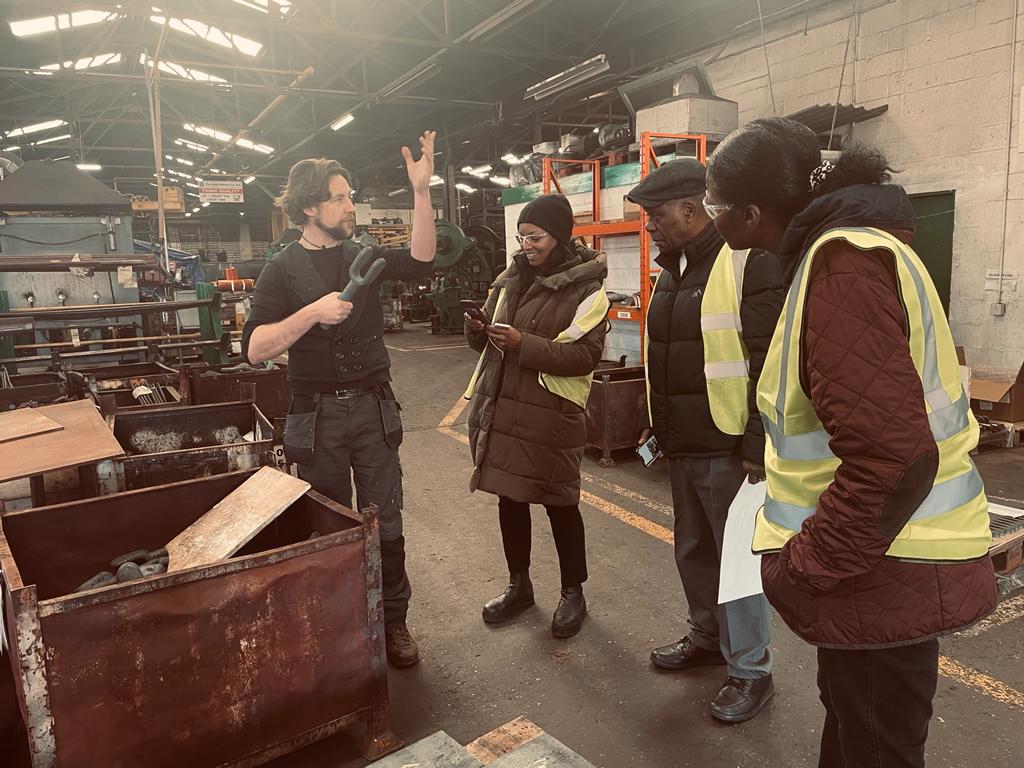
“Learning about cultural heritage contextualises us and can help foster a greater sense of pride for the black community and connection to place. Often people don’t know much about the contributions and initiatives that emerged from Birmingham. Sharing stories about local figures and places can encourage people to take notice of their area and inspire them to go and find out more.” – Black Heritage Walk Network









